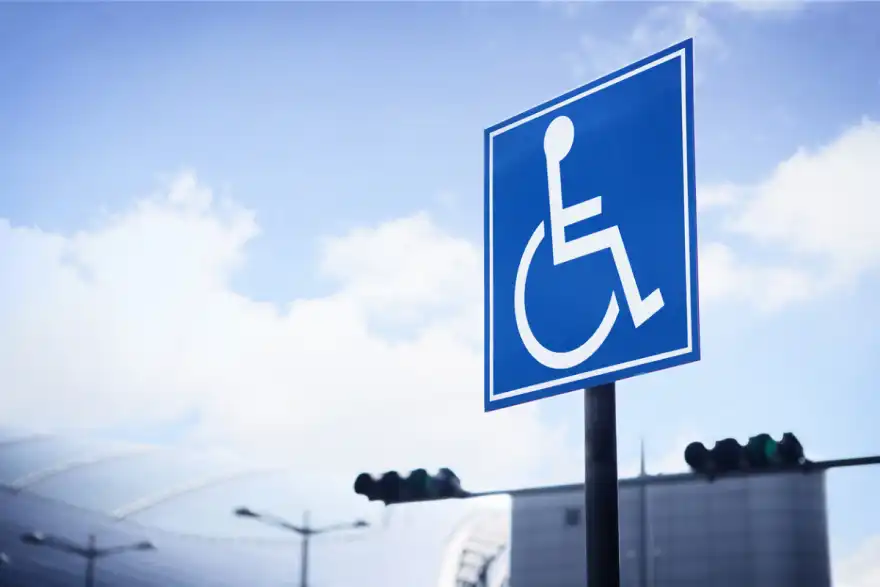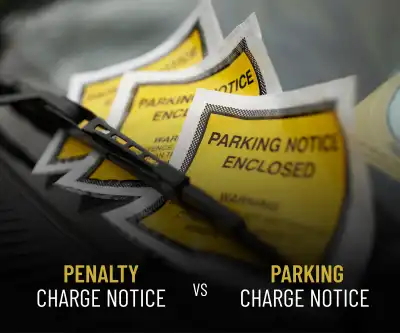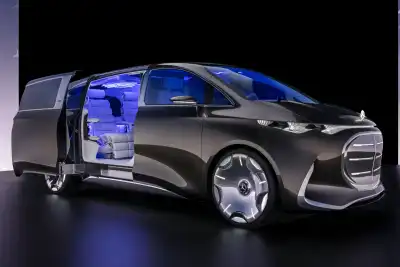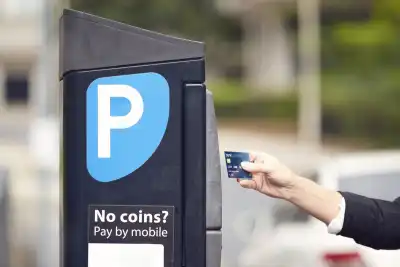
In a year where benefits and welfare reform have taken centre stage in UK politics, the government-backed Motability scheme is back under the spotlight.
What is Motability?
Motability is a programme that allows people with serious disabilities to lease a car using part of their disability benefits. Most people access the scheme through the mobility component of Personal Independence Payment (PIP), although there are a few other qualifying benefits. The scheme has been around since 1977, but it’s seen a sharp increase in users over the past couple of years. Around 200,000 more people have joined since 2022, bringing the total number of Motability users to 815,000. That jump closely matches a rise in health-related benefit claims after the Covid-19 pandemic.
However, that growth is now facing a challenge. The government recently announced plans to cut £5 billion from welfare spending over the next four years. A large portion of those cuts will come from tightening PIP eligibility. Because PIP is the main way people qualify for Motability, stricter rules could mean fewer people are able to use the scheme in the future.
Why Does Motability Matter?
The scheme is designed to help disabled people maintain their independence by leasing a car for up to three years. To be eligible, you have to receive one of six specific mobility-related benefits, such as PIP, Disability Living Allowance or the War Pensioners’ Mobility Supplement. For people who qualify, it can be life-changing. A report from the Transport Committee recently revealed that 29% of disabled adults in the UK don’t have access to a car, compared to just 16% of non-disabled adults.
That gap makes sense when you consider how many disabled people are struggling financially. Benefits are often their main or only source of income, and owning or leasing a car without help simply wouldn’t be possible.
Dr Mark Carew, a disability researcher at the London School of Hygiene and Tropical Medicine, says the scheme “gives disabled people choice and independence – the ability to go places they might not have been able to otherwise.” He added that while the UK still has major issues with accessibility in public transport, the Motability scheme goes some way to filling in the gaps.
Why Is the Scheme Getting Criticised?
But despite how important the scheme is to many, Motability has been caught up in controversy. Some politicians and commentators have criticised it as being too generous. Past headlines have focused on the organisation’s large capital reserves, which reached £4 billion in 2024, and the high pay of its former CEO, who stepped down after it was revealed he was earning nearly £4 million in total compensation. The scheme is managed by a private company with oversight from a charitable foundation. It leases vehicles, sells them on when contracts end, and reinvests the money back into the programme. No profits go to shareholders.
More recently, some critics have questioned whether disabled people should be entitled to cars at all using taxpayer money, or claimed that the eligibility rules are too loose. One viral post from Reform UK’s Richard Tice described recipients as “bed-wetting boy racers.” However, these arguments often ignore how the scheme actually works. The cars aren’t “free” — they’re paid for using the claimant’s own benefits. Dr Carew points out that the scheme doesn’t cost the taxpayer anything extra. It’s funded entirely from benefits people already receive. He also argues that the scheme helps people access work and education opportunities, which in turn benefits the wider economy.
There are also strict limits on who qualifies. Only six specific benefits provide access, and getting approved for PIP — the most common one — isn’t easy. Assessments are tough, and many people who might be eligible are turned down. Still, Motability has responded to recent criticism by saying it will review some of its rules. Last year, it removed over 5,000 customers from the scheme and is now looking at things like limiting how many people can be named drivers on a single car, and possibly increasing GPS tracking to monitor usage.
Another area of debate is whether people can use the scheme to access luxury cars. This has caused outrage online, with some claiming that Motability is handing out brand new BMWs and Mercedes-Benz models at taxpayer expense. There is some truth here — it is technically possible to get a high-end car through Motability — but people have to pay a large chunk of money upfront, sometimes up to £8,000, and commit their full mobility benefit to the monthly cost. In reality, around 96% of the scheme’s fleet consists of affordable, everyday cars. For example, a Kia Picanto comes with no advance payment and a weekly cost of £68.25.
A lot of the recent outrage has come from misleading content online. One viral video showed a young man claiming the government gave him a £34,000 car because he’s autistic. But when reporters looked into it, Motability confirmed he wasn’t even part of the scheme. It’s a reminder to take internet claims with a pinch of salt.
A spokesperson for Motability Operations said “Motability Scheme vehicles exist to meet the needs of disabled people - giving 815,000 individuals the freedom to get to work, school, medical appointments, and live independently.
“The Scheme is not only life-changing for its users, with those on the Scheme working 14 hours more a week than those not and in doing so delivers real value to the UK economy - generating £1.50 in economic benefit for every £1 of disability allowance spent.”
In short, the Motability scheme isn’t a free car giveaway — it’s a way for some of the country’s most vulnerable people to stay mobile and connected. As the government looks to tighten welfare spending, many fear it could become harder to access, even for those who genuinely need it.




